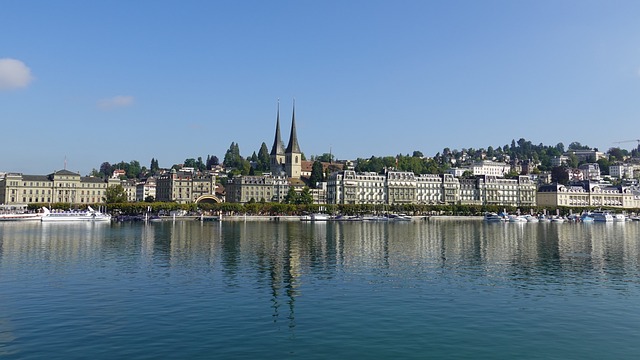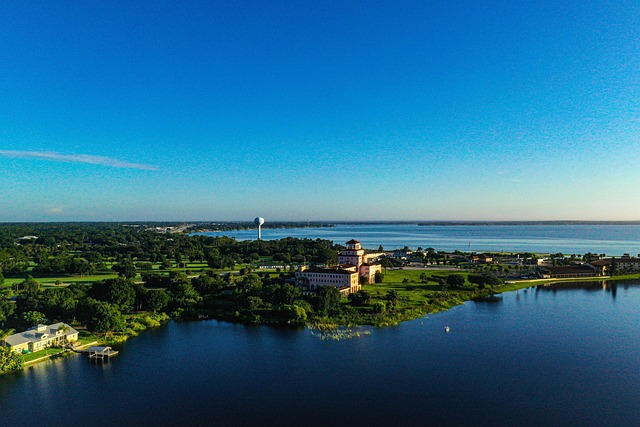London Bridge, an iconic 18th-century landmark, seamlessly blends historic charm with modern attractions, acting as a vibrant gateway to London's central area. Its distinctive design and strategic location significantly impact local real estate, attracting millions of tourists annually and boosting property prices. The bridge fosters a thriving tourism ecosystem with restaurants, cafes, and shops, making it a must-visit destination for locals and visitors alike.
London Bridge, an iconic landmark, has captivated visitors for centuries. This article explores its evolution from a functional crossing to a bustling tourist attraction, delving into the historical context and architectural marvels that draw millions each year. We uncover how London Bridge’s unique design and cultural significance significantly impact the city’s real estate market, fostering a vibrant tourism industry. Discover the key factors that make this structure an indispensable part of London’s vibrant landscape.
A Historical Landmark: London Bridge's Evolution as a Tourist Attraction

London Bridge, an iconic landmark that has stood strong for centuries, is more than just a crossing point; it’s a testament to the city’s rich history and evolving real estate landscape. The bridge’s journey from a medieval structure to a bustling tourist attraction reflects London’s transformative power. Originally built in the 18th century, it has witnessed the city’s growth, surviving fires and wars while adapting to modern demands. Over time, London Bridge has become not just a functional part of the city’s infrastructure but also a vibrant hub for visitors.
Today, tourists flock to admire its Gothic Revival architecture, stroll along the pedestrian walkways, and explore the diverse offerings at its base. The bridge’s unique blend of historical charm and modern attractions makes it a must-visit destination in London, drawing locals and visitors alike to experience its enduring allure.
The Architecture and Design that Make it a Must-Visit

London Bridge, with its iconic architecture and unique design, stands as a beacon for tourists from around the globe. The bridge’s distinctive features, such as its elegant curves and modern aesthetic, seamlessly blend with the historic cityscape of London. This harmonious fusion creates a captivating visual experience that draws visitors in.
The structural innovation and artistic flair evident in its design make London Bridge a true masterpiece. The use of cutting-edge engineering and materials has transformed it into a symbol of contemporary London. For real estate enthusiasts, the bridge represents not just a landmark but also a testament to the city’s ever-evolving skyline, where history meets innovation.
Real Estate Insights: London Bridge's Impact on the City's Tourism Industry

London Bridge, one of the city’s most iconic landmarks, has a profound impact on the local real estate market and tourism industry. As a significant point of entry and exit for visitors, the bridge serves as a vibrant gateway to London’s bustling central area, attracting millions of tourists annually. This constant influx contributes to the high demand for accommodation options nearby, driving up property prices in the surrounding areas.
The real estate insights reveal that properties with views of or proximity to London Bridge command premium rates, especially among foreign investors and vacationers. The bridge’s strategic location also fosters a thriving tourism ecosystem, with numerous restaurants, cafes, and shops flourishing in the vicinity, further enhancing the area’s appeal for both residents and visitors alike.






